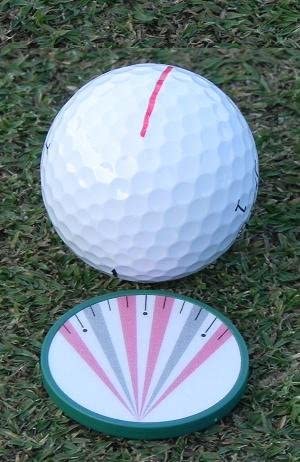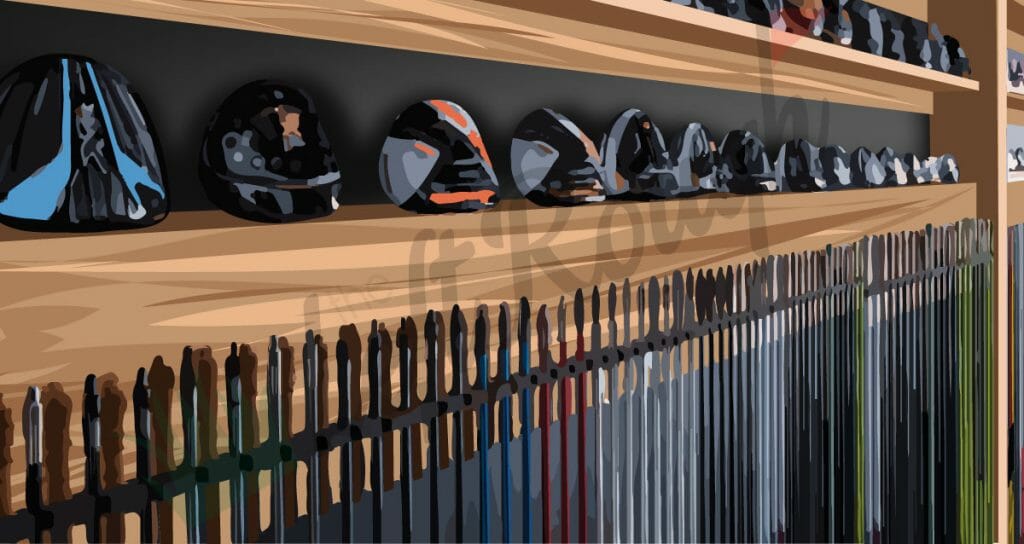
A draw is a popular shot that starts right of the target and curves left, back to the target. To hit a draw, you should start a little right of the target and follow the ball to the left. You should place an alignment rod about a yard in front of where the ball is on the target line. To draw a great shot, adjust your stance.
A swing from the inside to the outside
A strong swing that starts to the left of the target is called an "inside-to-out" swing. For right-handed golfers the draw shot curves gently to the side. To avoid slice, a inside-to out swing path is recommended. Your club should be kept closed between ten and 20 degrees for a successful draw.
Your clubface should not be completely closed when impact occurs. This will produce side spin and cause the ball's shape to change to a draw. Your hands will move closer to the target as you get closer to impact. Your target should be right of the flag or fairway. If the pin's center is visible, you will want the clubface open at impact.

An open stance
It is a great strategy to improve your alignment, and increase your power. When a golfer hits a draw, their backs are turned which makes it difficult to turn towards the target. An open stance will help you avoid alignment problems and increase your ability to hit the target. It's the ideal position for most golfers. It is not only a great way to learn from a pro golfer, but you can also see photos of his swing to help you understand how it works.
An open stance allows for a more comfortable swing, which will result in more contact with the ball on impact. Open stance is recommended for anyone who wants to break 100 yards in golf. You can get the most from an open stance by making sure your target faces the clubface. If you hold your club with firm grip, the ball will begin to fade or draw. If the ball is hit straight, it will begin in the wrong direction.
Maintain a firm grip on your club
A draw in golf means that the shot starts straight and ends with a slight angle towards the right. A draw will give you extra distance if hit correctly. To hit a draw, a golfer must align their shoulders with the target line to ensure they have a closed clubface. Next, drop your right foot back during the address. The more the right foot drops back during the impact, the greater the angle of the clubface, and the more sweep the ball will have.
Your right hand should be on the club handle with your palms on the target line. Rotate the right hand away from the body, leaving two knuckles exposed. A firm grip will speed up the closing of the clubface, allowing for more force to roll the ball to the left. A weak grip could cause the ball to fade, and lead to an in-to–out path.

Rotating your upper back towards the target
It is important to keep your arms and upper body connected to the target when you hit a draw. Rotation of the upper body can result in the clubface closing prematurely and the shot being sliced. This can be corrected by reducing forearm rotation at impact. The clubface should point straight at impact. These tips will help you keep your arms and upper back connected. By following these tips, you'll be able to hit a draw more consistently.
Although it can seem difficult to turn your upper body towards the target, this technique is easy to master with practice. Begin by closing your stance, so your front foot is closer towards the target than your trail. To draw correctly, keep the target line in front of your clubface. You can achieve this by placing the toe of your club over the club's heal.
FAQ
How is golf played?
Golf is played on 18-hole courses using the Rules of Golf.
The first stroke starts from behind a designated spot on the teeing. The course is divided into several holes, where players alternate hitting the balls. Each hole has a different number of strokes, depending on how far it is from the teeing area.
Three main types of shots are used in golf.
-
A drive shot involves players using clubs to hit and extend the ball. This shot is considered to be the most important.
-
An approach shot is when players aim to hit the ball within a specified range of the hole.
-
A putt in which players attempt to sink the ball down into the cup through rolling it along with the ground.
A player must complete each hole by sinking all of his/her own putts. A player who fails to complete each hole by sinking all his/her own putts loses one stroke.
A player may choose to play with a caddy or partner who will carry the club around during a round. Although they are not allowed to influence the outcome of a match, the caddie can help the player with strategy and etiquette advice.
How do I learn to play golf?
Golf is a skill that takes practice and time. But, you can improve your game. Here are some tips:
-
Practice regularly. Golf requires constant attention and concentration. Golf is a skill that requires constant practice.
-
Play with people who play. Playing with other people will help you develop your style of play.
-
Read about golf before you begin practicing. This will help you get a sense of the things you should work on.
-
Don't try to master everything all at once. Focus on one aspect of the game. One example is to work on your putting and chipping skills. Move on to the next area of your game when you feel confident.
-
Take lessons. Lessons can teach you important things like stance, swing speed, posture, etc.
-
Try new techniques. Explore new grips, stances, swings and so forth.
-
Keep records. Keep track of where you are at. You will be able to identify your areas of improvement.
-
Join a local club. Many clubs offer lessons for free. Many clubs offer free lessons and have helpful members who are willing to help newcomers.
-
Locate a coach. Find a coach who can help you with specific aspects of your game.
How much does a round cost for golf?
Expect to pay $15-$30 per head This price includes greens fees, cart rental and refreshments.
What equipment should I bring when playing golf?
Golfers must wear clothing that is appropriate for the conditions. Golfers should wear long trousers and a shirt (with sleeves) with good grip. Players should use sunscreen and sunglasses when playing outdoors.
To wipe off sweat from your body and face after exercise, it is a good idea to bring a towel. You should also bring a hat, gloves, water bottle and snacks such as fruit and sandwiches.
What's the best time to golf?
Between May and September is the best time to play golf. There is rarely any rain during this period and the temperatures are usually moderate.
During the winter months, the weather can get very cold. Additionally, it can be difficult to walk the fairways when there is snowfall.
In spring and autumn, the grass grows too high, making it hard to see the flagstick.
Do you have any tips on how to play golf properly?
Yes. You can learn to play golf at many schools. You will have to buy new equipment, including a set golf clubs.
How often should I go to the golf course?
It depends on the amount of time you have. Most people recommend that you practice two times per week.
If you are serious about becoming an expert golfer, you should aim to play four times per week.
Statistics
- Professional golfers typically make between 60% and 70% of greens in regulation. (en.wikipedia.org)
- They do this by means of assessing and rating courses according to the average good score of a "bogey golfer," a player with a handicap of around 20. (en.wikipedia.org)
- In the United States, women made up 25 percent of golfers in 2021, which was up from 19 percent in 2011, and junior female golfers account for 35 percent or 1.1 million golfers.[50] (en.wikipedia.org)
- In the United States, the number of people who play golf twenty-five times or more per year decreased from 6.9 million in 2000 to 4.6 million in 2005, according to the [51] (en.wikipedia.org)
External Links
How To
How to Improve Your Putting Game
Since ancient times, golf has existed. It was first played in ancient Egypt, then spread throughout Europe and Asia, and later to America. Golf is a sport that requires many skills such as strength, agility, flexibility, coordination, eye-hand coordination, and concentration.
A good level of physical fitness is essential in order to play well. You must also know how to swing well and hit the ball accurately. This will enable you to have a good sense for timing and balance when hitting the ball.
There are many ways to improve your putting skills. You can improve your putting game by practicing regularly, especially before you play in a tournament. A "putter trainer" is another option. You can use this to train your muscles and improve your posture. It also improves your eyesight and muscle control.
Another factor that affects your ability to putt is your grip pressure. Your hands will quickly tire if you grip the club too tight. On the contrary, if you let go of the handle too easily, you may miss out on power. Depending on the shot, your grip pressure should be different. For example, if the hole is short, you should apply more pressure to the clubhead, but less force if the green is long.
Keep your wrists open. This will allow you to move your arms and shoulders more freely during strokes. The wrist movement should flow smoothly and be fluid. Watch videos and read books on the subject to improve your putting skills. Ask experienced players for tips.